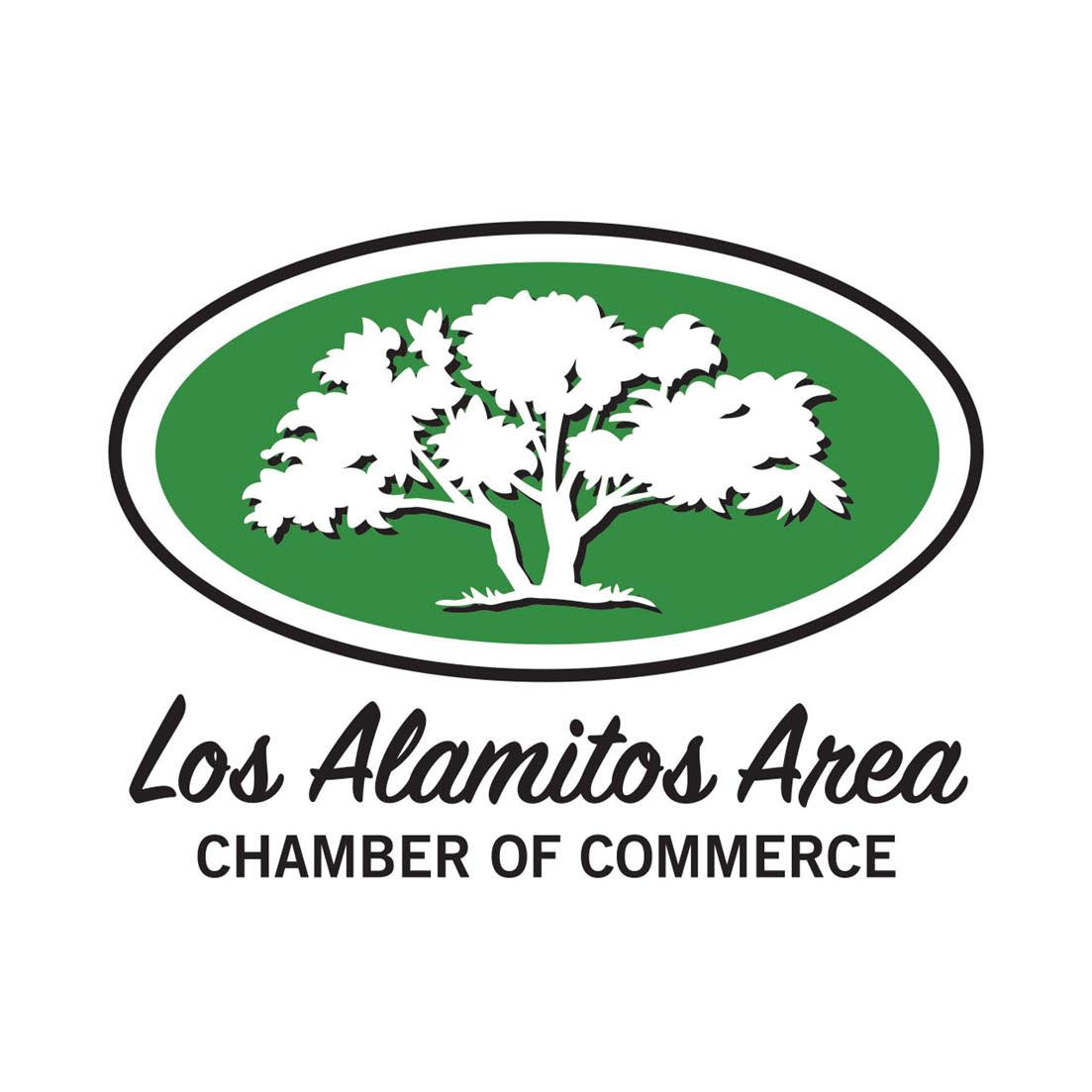A Brief History of Los Alamitos
When Corporal Manuel Nieto retired from the army of the King of Spain in 1784, Governor Pedro Gages granted him the use of a huge parcel land extending from the foothills above Whittier to the ocean. After grazing cattle on this broad expanse of the coastal plain for many years, the vast rancho was divided among Nieto’s children. Ranch Los Alamitos, a portion of the original grant containing about 28,000 acres, was deeded to Nieto’s son Juan Jose Nieto. The adobe ranch house built by Juan Jose in 1806 became the core of the Rancho Los Alamitos headquarters and home site, which has become a museum and historical site within the boundaries of the city of Long Beach.
In 1834 Governor Jose Figueroa acquired title to Rancho Los Alamitos for $500. Eight years later he sold it to Abel Stearns for $6,000, paid mostly with tallow and hides from the rancho’s cattle. Stearns, a native of Massachusetts, had arrived in Los Angeles area several years before and had established himself as a successful trader and shop keeper. In order to own land in California, Stearns became a Mexican citizen and joined the Catholic Church. He married the much younger Arcadia Bandini, daughter of one of Southern California’s most influential families.
During the next twenty-one years, Abel Stearns became one of the wealthiest landowners in California, having acquired many ranchos from their debt-ridden owners. During a prolonged drought in 1863-64, many of Stearns’ cattle died, forcing him to default on a $20,000 mortgage owed to Michael Reese, a money lender from San Francisco. Reese assumed ownership of Rancho Los Alamitos, but from 1866 until 1878 Rancho Los Alamitos lay fallow, until leased by John W. Bixby. In 1881, John Bixby, jointly with I.W. Hellman and the J. Bixby Company, bought Rancho Los Alamitos. After the death of Bixby in 1887, the rancho was divided among the partners and his widow.
